University of Minnesota officials and students rallied at the state capitol Tuesday for the “U of M Day at the Capitol” to urge legislators to pass the school’s two funding requests this session.
The University made two budget requests to the state legislature for funding to improve programs, facilities and more across all five University campuses. The Higher Education Asset Preservation and Recovery request for $200 million to maintain buildings while the biennial request asks for $235 million to support student needs such as mental health resources and housing.
Students and University administrators alike said the University provided them with a top-class education and a jumpstart in their careers, but the school needs financial support from the state more than ever.
Board of Regents Co-Vice Chair Mike Kenyanya said during his speech that the education brought to him by the University of Minnesota Duluth was worth his time and investment. He added he believes his parents would agree, especially after leaving Kenya in hopes of a better life.
“We are obviously here because the University means something to you, has meant something to you, and is a part of your life,” Kenyanya said. “We’re here today to make sure that those stories, my story, your stories are told and made known to the legislature.”
University President Rebecca Cunningham said in her speech the University is strong because of its students and their stories. She added that with higher enrollment numbers than ever before, she believes the University has the momentum to grow stronger with help from the state legislature.
“These are future leaders who will transform Minnesota for generations to come,” Cunningham said. “In the clinics, in the classrooms, in the farm fields, in city hall, throughout our communities, every one of our students is delivering the power and promise of a U of M degree.”
President Donald Trump’s administration recently announced cutting $4 billion in federal funding for research at universities nationwide. Funding from the National Institute of Health that goes toward overhead costs would be capped at 15% — far below the 54% it currently gets. The University is estimated to lose over $100 million from the federal budget cuts.
Kenyanya said funding the University would lead to beneficial impacts statewide. He added the budget request would support research, advance new technologies, improve healthcare in rural, urban and tribal communities, and more.
“The University is educating our students that the state’s economy relies on, from healthcare to engineering to farming,” Kenyanya said. “We’re educating more Minnesotan students than we’ve ever had, many of whom stay in the state and contribute, and those who aren’t from Minnesota also come here to stay in the state, contribute, build their careers, and workforce.”
Not only would the budget requests support the more than 70,000 students across the University’s five campuses, but Kenyanya said it would also support around 27,000 employees who help maintain and run University facilities and services.
Julia Covert, a student from the Duluth campus, said during her speech that students are essential to Minnesota’s economy and community, but they and the college need financial support from the state. Covert added funding could help minimize tuition costs and other student needs such as mental health.
“With the work we do for Minnesota, we deserve well-defined paths to stable careers, access to mental health resources and the promise that we will never ever lose access to housing or food while we’re here getting our education,” Covert said.
Covert said Duluth students are familiar with the increasing need for mental health support resources. She added according to a University student health survey for Duluth, around 57% of students have been diagnosed with a mental condition.
Outside of the two main funding bills, University officials are also looking for support for another bill in the state Legislature which would give $15 million to add suicide prevention fencing to the Washington Avenue Bridge.
Joud Haj Sakor, a student from the Rochester Campus, said in her speech that after immigrating to Minnesota from Syria in 2016, the University helped her find a sense of community and belonging.
Sakor said the University allowed her to conduct undergraduate research with the Mayo Clinic and earn a place in the American Gastroenterological Association Young Guts Scholars Program.
“Investing in the UMR health science strategic plan isn’t just about funding a university,” Sakor said. “It’s about fueling the dreams of these future leaders, expanding enrollment and directly addressing the growing need for skilled medical professionals here in Minnesota.”
University of Minnesota Crookston student Emmah Burnes said in her speech she did not know what to expect from the University when coming from California to Minnesota. Now, she said she can tell that the University cannot support student success without help from the state legislature to ensure buildings are maintained and up-to-date for students’ needs.
“I urge the Minnesota legislature to pass a capital investment bill this year to help avoid costly emergency repairs, increase safety and accessibility and support student learning and success,” Burnes said. “The University of Minnesota Crookston has provided me with an environment to succeed, and I couldn’t be more grateful to call this place my home.”


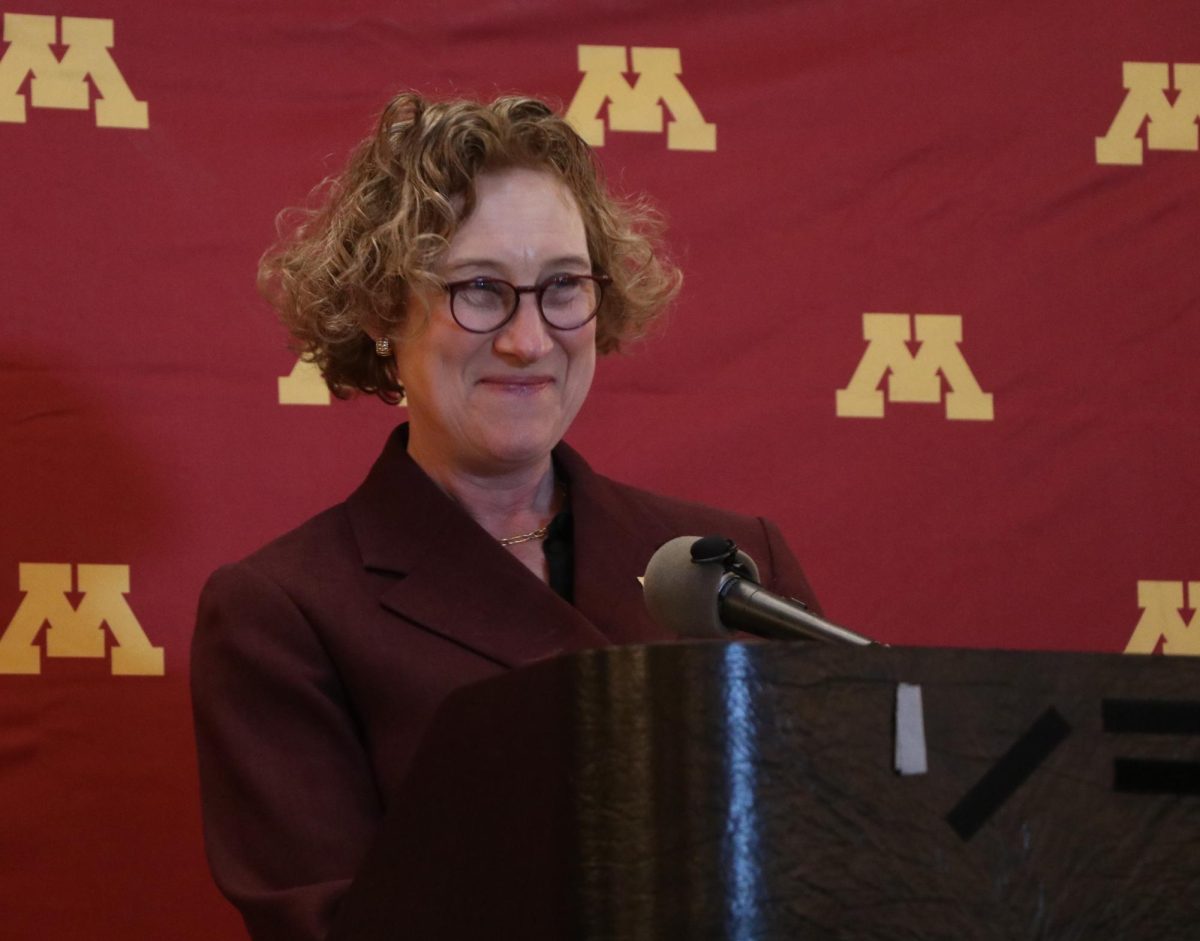
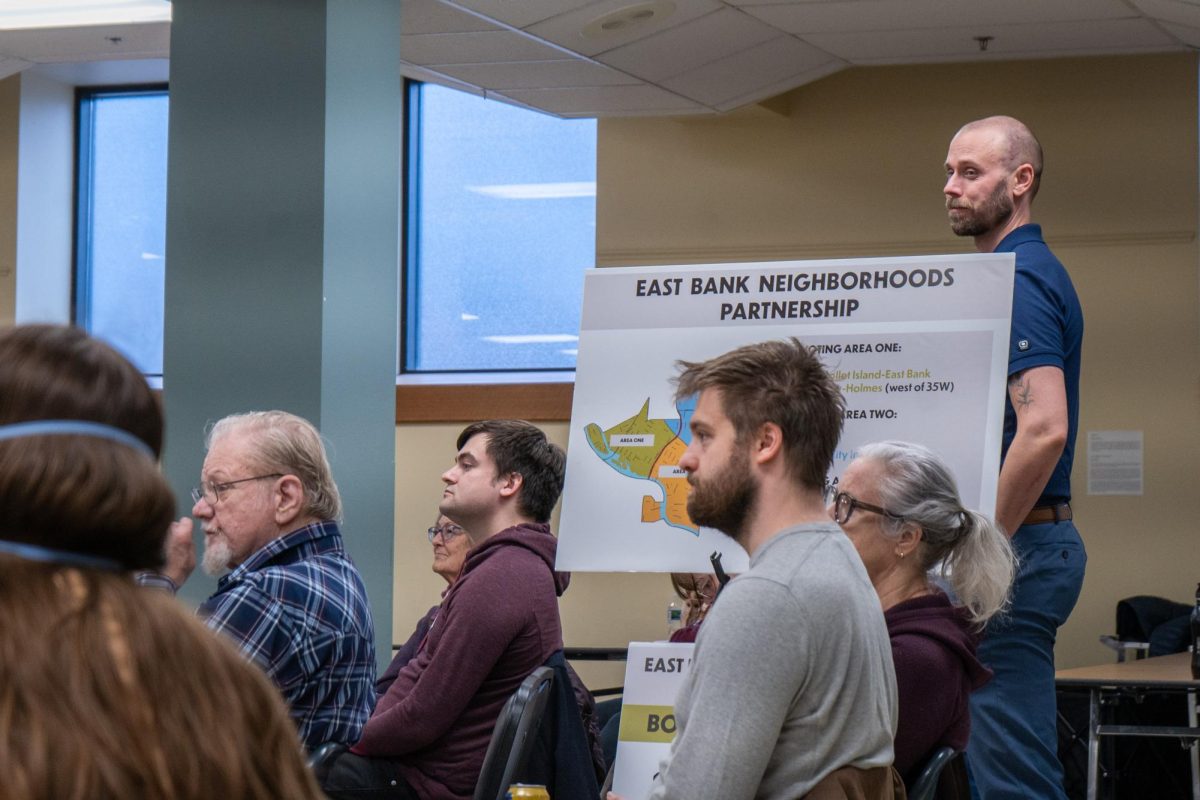









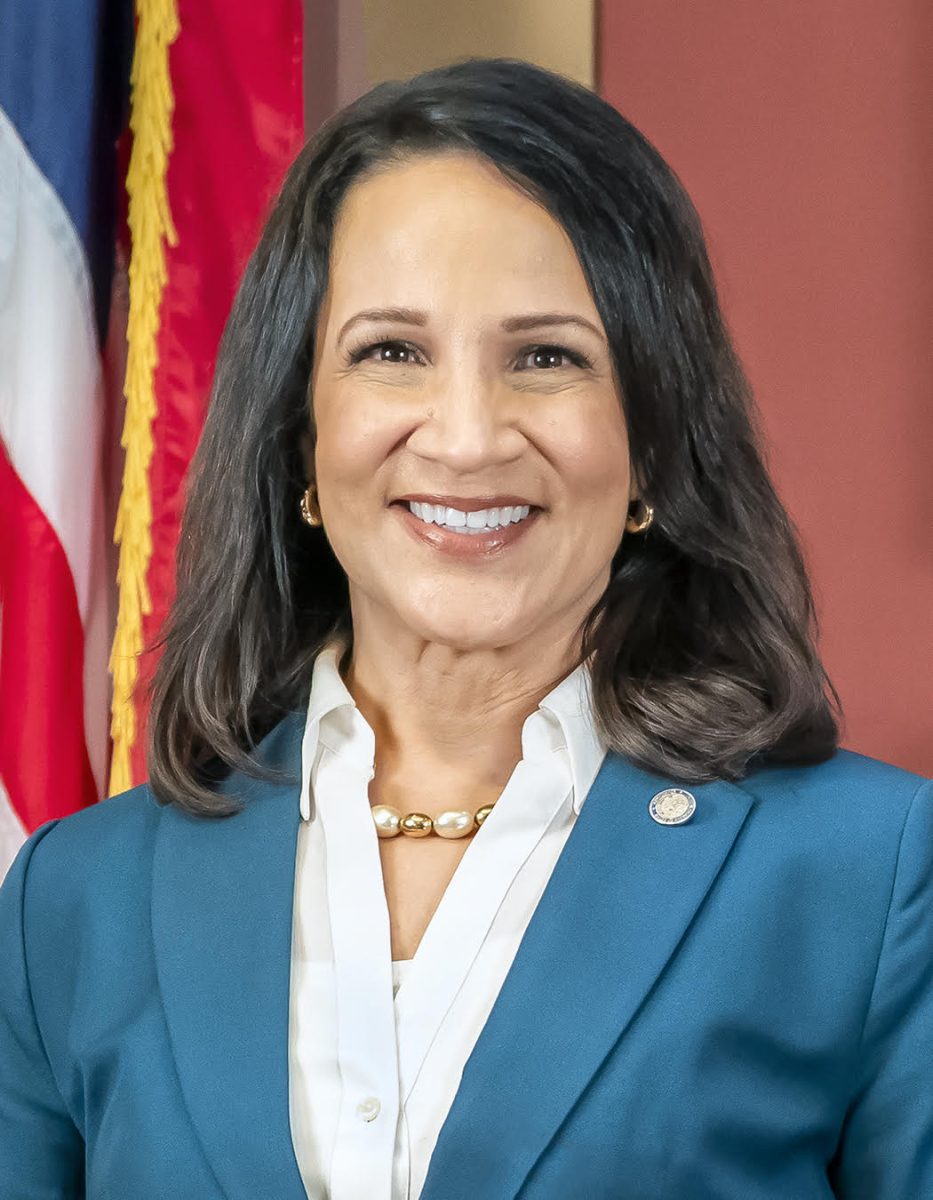



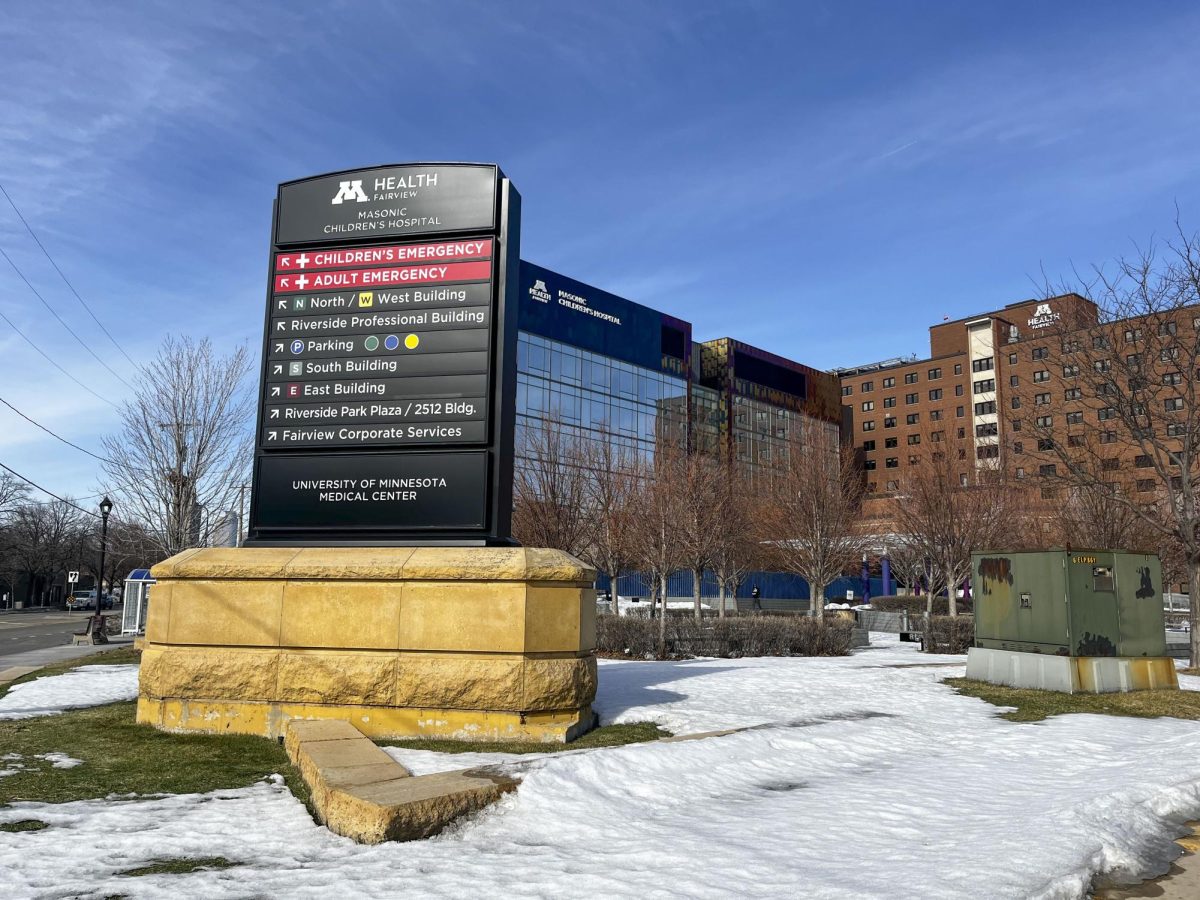
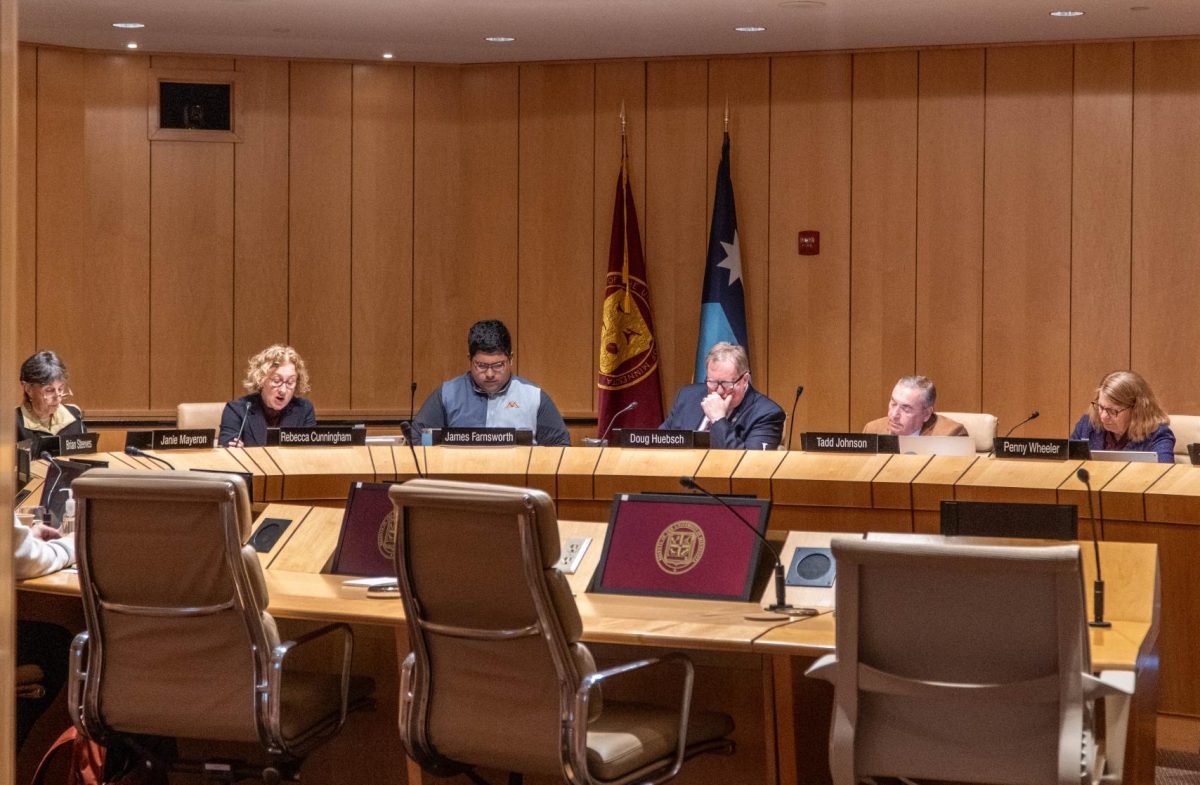
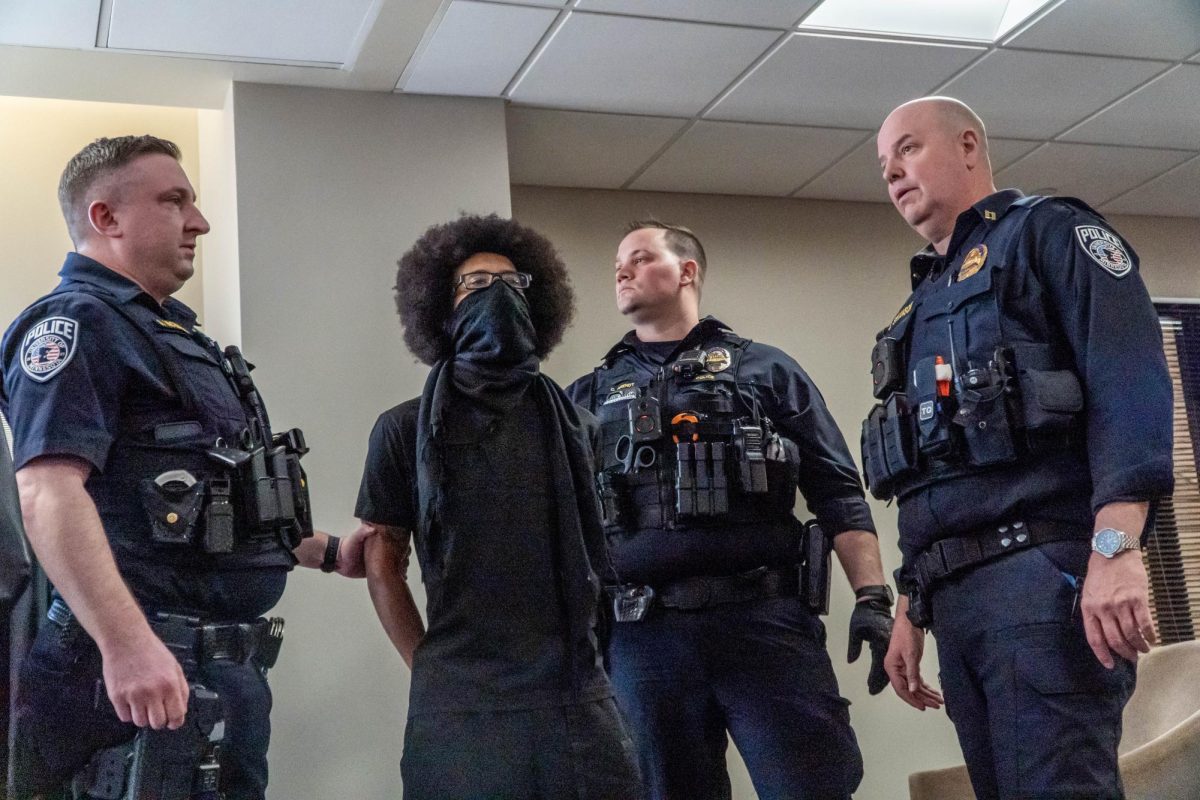
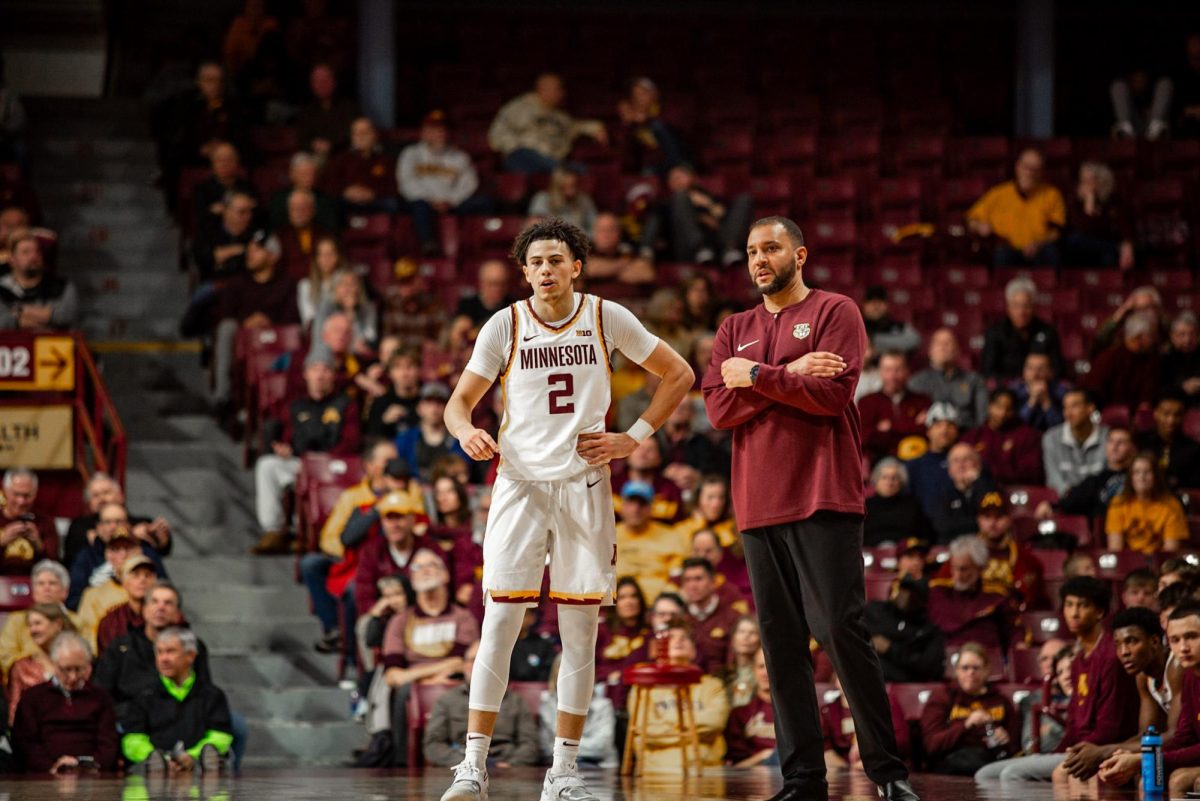
Change is needed
Feb 24, 2025 at 11:04 am
State appropriations to the University of Minnesota have been dropping as a percentage of UMN total revenue. In 1996, they were about 34% of the UMN revenue. Today it is about 15%. The rest of the nearly $5B UMN yearly spend must be made up other ways, including tuition hikes. True, the University could use a good “fat trimming.” For example, there are about 85 full time DEI staff at the University TC campus. Top executive salaries keep creeping up.
The UMN President is making over a cool million a year in salary and benefits. The new EVP pulls in a $750K salary plus benefits. The new Dean of CLA makes $330K per year. The new VP for Communications makes $250K. UMN staff additions are popping up right and left and pulling in huge salaries. This is not sustainable.